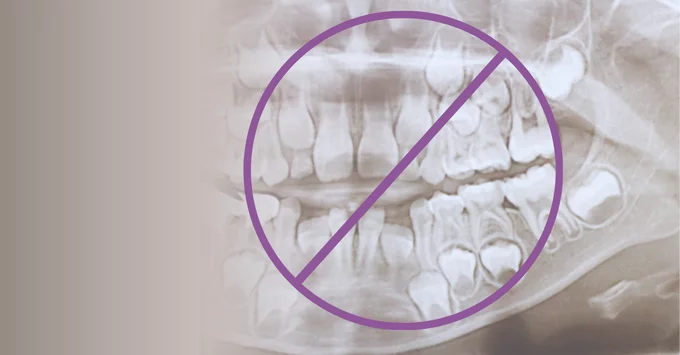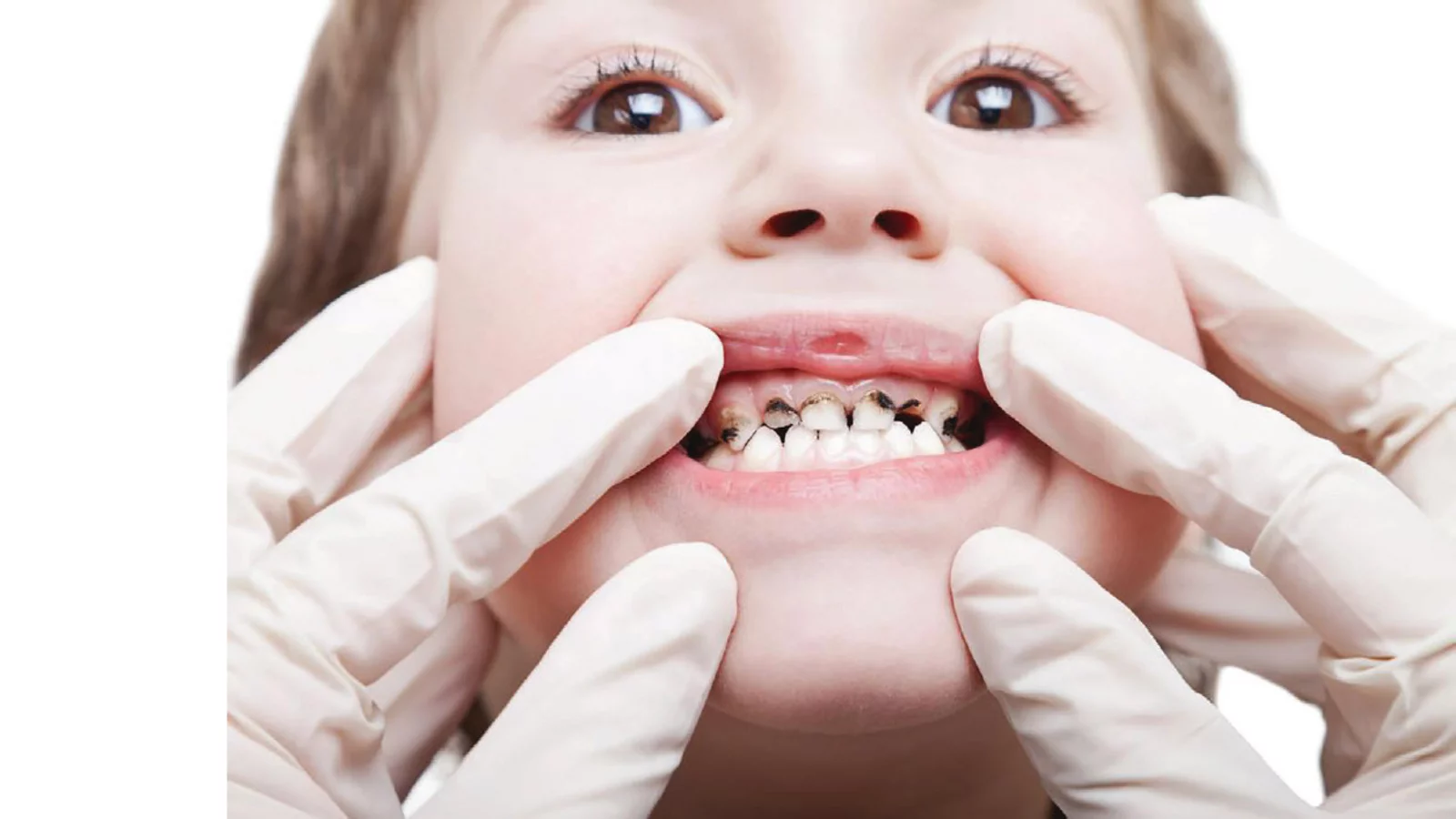By JoAnn Gurenlian, RDH, MS, PhD, AAFAAOM, FADHA
September 23, 2023
The American Dental Association Council on Scientific Affairs, the American Dental Association Science and Research Institute, the University of Pittsburgh School of Dental Medicine, and the Center for Integrative Global Oral Health at the University of Pennsylvania, convened a guideline panel to conduct a systematic review and meta-analyses related to the pharmacologic management of acute dental pain in children. The panel created a clinical practice guideline (CPG) designed to assist clinicians, patients and guardians in determining evidence-based strategies for managing acute dental pain after one or more simple and surgical tooth extractions, as well as the temporary management of toothache associated with pulp and furcation or periapical disease in children under 12 years of age. Nonopioid medications, specifically analgesics and corticosteroids, were studied.
As a result of the systematic review, the panel created seven recommendations and five good practice statements across acute dental pain conditions in children. In general, the panel recommended the use of ibuprofen alone, naproxen alone, or either of the two in combination with acetaminophen over the use of acetaminophen alone. The addition of acetaminophen was recommended if pain control using nonsteroidal anti-inflammatory drugs alone were inadequate postprocedural. Acetaminophen alone was recommended when nonsteroidal anti-inflammatory medication is contraindicated. The full report provides a table detailing the medication dosages for administration of nonsteroidal anti-inflammatory medication and acetaminophen based on children’s weight and age. Due to limited evidence, the panel did not formulate recommendations for or against the use of corticosteroids for the management of acute pain following surgical tooth extractions in children.
Good practice statements include, advising clinicians to assess children’s pain; counseling patients and their caregivers that pain should be anticipated post procedure and analgesics should make the pain manageable; and, clinicians thoroughly review the medical history, social history, medications, and supplements used, to avoid the potential for overdose and adverse drug interactions. In the case of temporary management of toothache, these pharmacologic strategies will alleviate pain temporarily until a referral for definitive dental treatment is made. Lastly, the U.S. Food and Drug Administration indicates, that the use of codeine and tramadol is contraindicated in children younger than 12 years, and topical benzocaine is not recommended in infants or young children due to the high risk of methemoglobinemia.
To learn more about the seven recommendations and five good practice statements across acute dental pain conditions in children that were created read the full article in The Journal of the American Dental Association.
__________________________________
This article summarizes the findings of the research report “Evidence-based clinical practice guideline for the pharmacologic management of acute dental pain in children” as published in The Journal of the American Dental Association, published online September 1, 2023.
JoAnn Gurenlian, RDH, MS, PhD, AAFAAOM, FADHA, is the ADHA Director of Education and Research, professor emerita in the Department of Dental Hygiene at ISU, and former president of the American Dental Hygienists’ Association 1990-1991.



